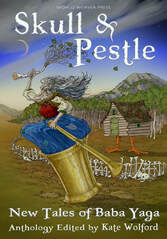 Guest Blog by Jessamy Corob Cook When I was young my Dad read me Arthur Ransome’s Old Peter’s Russian Tales. The stories were strange, sometimes brutal and always enticing. That was where I first met Baba Yaga. She was thrilling: a macabre, cannibalistic witch, with her glowing skulls, hut on hen’s legs and iron teeth. Revisiting the stories as an adult, it is clear why Baba Yaga retains her grasp on our collective imagination; she is just the sort of strong, complex female character that we don’t see enough of in fiction, even today. She is not only a powerful woman, but an independent woman: in her forest she is her true self, answering to no one, free of any social, religious or moral constraint. She is a law unto herself. She is also terrifying. She eats children. When I sat down to write my own interpretation of a Baba Yaga story, I started by making lists about iron teeth: the pros and cons of iron teeth, unexpected uses for iron teeth, ways human teeth can get lost. What would it feel like to have a mouth full of metal? We don’t know that Baba Yaga lost her teeth through trauma — perhaps she was born with metal fangs — but the mutilation of women and girls is a recurring theme in folklore. Some get their hands cut off, some get their eyes pecked out, their toes or heels sliced, and Hans Christian Andersen’s Karen begs the executioner to cut off her feet, to free her from the red shoes. Though some find healing through redemption or courage, the loss of body parts for these women is a loss of power, of autonomy, of status. Baba Yaga, however, is no victim — her iron teeth are a source of power. Baba Yaga’s nearest relative in western fairy tales is Hansel and Gretel’s witch, who also lives in a strange house in the woods, and also likes to eat children; but Baba Yaga is not a simple villain, the antagonist who is deservedly punished with a roasting in her own oven. Children may escape Baba Yaga, but they almost never defeat her. She lives on, in her hut in the woods. Through the changing of the seasons and the turning of the centuries, she lives on. Jessamy Corob Cook is an actress, writer and Londoner. She recently won first place in Writing Magazine’s adult fairy tale competition and second place in Caterpillar Magazine’s children’s story competition.
0 Comments
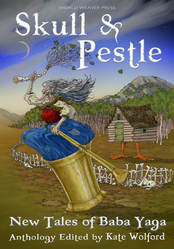 Guest Blog by Lissa Sloan Depending on the fairy tale, Vasilisa may be a priest’s daughter, a despised stepsister, or even a frog princess. She may be Vasilisa the Fair--or the Brave--or the Wise. But there’s another thing she is, no matter the story. She is Vasilisa the Young. For fairy tales are the domain of the young, aren’t they? There are exceptions, but most of the characters climbing beanstalks, riding white bears, questing after firebirds, or taking cake and wine to their grandmothers fall somewhere between child and young adult. Their stories are about finding themselves and their place in the world. In the story where she meets the baba yaga, Vasilisa does exactly that. She enters the wood a girl: beautiful, blessed, and a bit passive. But by the time she leaves it, she is a woman to be reckoned with. She very shortly dispatches her abusive step-family, finds a loving mother figure, and proves her worth to the tsar, ending up a queen in the bargain. But before I wrote my Vasilisa story, A Tale Soon Told, I had a good long think about what happens next for Vasilisa the Young. You know this one: Happily Ever After, of course. But for how long? That’s my question. The reason I love fairy tales is that, despite their fantastic elements, they still feel so true. But only until the end. Happy, I can believe. But Ever After is the fantasy. That’s not the way life works. Yes, we go into the wood. We face witches, ogres, and wolves. We achieve independence; we find true love. We come out of the woods sadder and wiser than before. We get that job, that house, that baby, that whatever we are after. We win. But only for a while. Nothing is permanent. Children grow up, true love is not true after all, we move or change jobs, loved ones die. We lose. And then? Then we must go back to the wood and find ourselves all over again. Because fairy tales are for all of us, even those who are not so young as we used to be. So every now and then we must wrap our sore ankles and find a stout walking stick. We must pick up the basket or sharpen the sword. We must put on the iron shoes. And so must Vasilisa the Not-So-Young. We must all go back to the hut that runs on chicken’s legs, back to face the red-eyed witch with iron teeth. Our tale may be soon told, but it is not over yet. Lissa Sloan’s poems and short stories are published in Enchanted Conversation, Krampusnacht: Twelve Nights of Krampus, and Frozen Fairy Tales. “Death in Winter,” Lissa’s contribution to Frozen Fairy Tales, was nominated for a Pushcart Prize. Visit her at her website, lissasloan.com, or on Twitter: @LissaSloan.
She can be the enemy of your nightmares or the spirit guide to your dreams. Her hair is wild and gray. Her teeth are made of iron, and she travels using a giant mortar and pestle and lives in a shack on chicken feet surrounded by a fence of skulls and bones. She is Baba Yaga, a crone who ruthlessly uses the needy and greedy for her own devices. And in this anthology of new stories starring Baba Yaga, she lands in some spectacular scenarios. A Jewish resistance fighter in World War II Poland must gain the help of Baba Yaga to vanquish three supernatural men and avenge the loss of her comrades. A young mother leaves her family to serve the witch in penance for committing a terrible wrong. One story delves into Baba Yaga’s tragic origins, while another re-examines the classic tale of Vasilisa, following the young girl who comes to Baba Yaga for fire on her own journey from maiden to mother to crone. One tale transports the witch from the forests of Russia to the swamplands of the American South, expertly weaving together Slavic and African-American folklore, and another brings her right into the modern day, as a young boy goes looking for a witch to put a spell on a school bully and gets more than he bargained for. SKULL AND PESTLE: NEW TALES OF BABA YAGA, featuring original stories by Kate Forsyth, Lissa Sloan, Jill Marie Ross, Charlotte Honigman, Szmeralda Shanel, Rebecca A. Coates, and Jessamy Corob Cook, is out in ebook and paperback today January 22, 2019. What Early Reviewers Are Saying:“In stories of greed, revenge, longing, and resolve, the authors address themes of female bonding, the relationships between mothers and daughters, and the value of mentors passing on knowledge to students…Readers will find this an enchanting set of takes on a legendary figure.” “These are women’s stories in that they’re about the bargains women make and the cost of the knowledge and salvation that women buy for themselves as they make their way through the world. Although Baba Yaga functions as a mentor, her guidance is brutally realistic: You’ll be asked to do the impossible in order to survive, and there will always be a cost.” About the AnthologistKate Wolford is a writer, editor, and blogger living in the Midwest. Fairy tales are her specialty. Previous books include Beyond the Glass Slipper: Ten Neglected Fairy Tales to Fall in Love With, Krampusnacht: Twelve Nights of Krampus, and Frozen Fairy Tales, all published by World Weaver Press. She was the founder of Enchanted Conversation: A Fairy Tale Magazine, at fairytalemagazine.com.
K Bird Lincoln's unique urban fantasy series began in 2017 with DREAM EATER, a story about a college student in Portland who discovers she is a "baku," the legendary "dream eater" from Japanese folklore. We continued Koi's adventures in 2018 with BLACK PEARL DREAMING, where Koi and her new supernatural friends travel to Japan to meet with a council of beings who have their own plans for Koi and her powers. Now, we're thrilled to bring you the final installment of the Portland Hafu series: LAST DREAM OF HER MORTAL SOUL by K. Bird Lincoln will be available in ebook and paperback on Tuesday, March 19, 2019. Even a dream eater can’t escape the final sleep… Need to Catch Up on the First Two Books?About the Author K. Bird Lincoln is an ESL professional and writer living on the windswept Minnesota Prairie sustained by family and frou-frou coffee. Also dark chocolate-- without which, the world is a howling void. Originally from Cleveland, she has spent a couple decades living on the fringes of the Pacific Ocean. Her speculative short stories are published in various online & paper publications such as Strange Horizons. Her medieval Japanese fantasy series, Tiger Lily, is available from Amazon. Her multi-cultural fantasy set in Portland, Oregon begins with the book Dream Eater. She also writes tasty speculative fiction reviews on Amazon and Goodreads. Check her out on Facebook, join her newsletter for chocolate and free stories, or stalk her online at kblincoln.wordpress.com GLASS & GARDENS: SOLARPUNK WINTERS Anthologist: Sarena Ulibarri Open for Submissions: January 1 - March 1, 2019 Expected Publication: January 2020 Story Length: up to 8,000 words Payment: $0.01 per word + contributor copy Solarpunk is a type of eco-conscious science fiction that imagines an optimistic future founded on renewable energies. Often aiming for a balance of nature and technology, and always inclusive and diverse, solarpunk stories show the ways we have adapted to climate change, or the ways we overcome it. For this anthology, I want to see solarpunk stories that take place in winter. That might mean working together to survive extreme blizzards, or feeling the heat in places that no longer see snow. Which renewable tech works best during long winter nights? How do solarpunk societies celebrate the winter holidays? Keep it planet-based (Earth or other), and optimistic. Solarpunk worlds aren’t necessarily utopias, but they definitely aren’t dystopias. We're a northern hemisphere publisher, but southern hemisphere winters are also welcome! Need inspiration? Read New York 2140 by Kim Stanley Robinson, the Sunvault anthology, or Glass & Gardens: Solarpunk Summers. Submission Method: Send your story as a .doc, .docx, or .rtf attachment to solarpunk[at]worldweaverpress[dot]com with Submission: [story title] in the subject line. Please include a brief cover letter, but DO NOT summarize your story in the cover letter. Simultaneous submissions: Yes, you may submit your story to other markets before you hear back from us. Please let us know ASAP if someone else accepts it. Multiple submissions: No, please only send us one story for consideration. About the Anthologist: Sarena Ulibarri is Editor-in-Chief of World Weaver Press, and she is also a fiction writer who has been published in Lightspeed, Fantastic Stories of the Imagination, Weirdbook, and elsewhere. Her solarpunk stories have appeared in Biketopia: Feminist Bicycle Science Fiction Stories in Extreme Futures ("Riding in Place"), GigaNotoSaurus ("Chrysalis in Sunlight"), and DreamForge ("The Spiral Ranch"). She lives in a solar-powered adobe house in New Mexico, and can be found online at SarenaUlibarri.comand @SarenaUlibarri. She edited the anthologies Glass and Gardens: Solarpunk Summers and Speculative Story Bites. What Did Readers Think of Solarpunk Summers?“This anthology gives you just enough story, science, and hope…I’ve been needing a book like this in my life.” "Glass and Gardens tends toward optimism; its stories imagine technologies that allow communities to cope with the realities of a warmer planet in fantastic ways…These are not stories in which everyone’s problems have been solved, and their narrative conclusions are not always tidy, but they have an unabashed positivity." "Each of these stories is a window into a world where issues like climate change and food shortages are approached with a joyful creativity. The variety in character, narrative approach, and setting offers something to appeal to a wide variety of readers, especially those who look to anthologies to find new authors to follow."
|
World Weaver PressPublishing fantasy, paranormal, and science fiction. Archives
February 2024
|
- Home
-
Books
-
All Books
>
- Beyond the Glass Slipper
- Bite Somebody
- Bite Somebody Else
- Black Pearl Dreaming
- Cassandra Complex
- Causality Loop
- Clockwork, Curses, and Coal
- Continuum
- Corvidae
- Cursed: Wickedly Fun Stories
- Dream Eater
- Equus
- Fae
- Falling of the Moon
- Far Orbit
- Far Orbit Apogee
- Fractured Days
- Frozen Fairy Tales
- Glass and Gardens: Solarpunk Summers
- Glass and Gardens: Solarpunk Winters
- Grandmother Paradox
- Grimm, Grit, and Gasoline
- Haunted Housewives
- Heir to the Lamp
- He Sees You When He's Creepin': Tales of Krampus
- Into the Moonless Night
- Jack Jetstark's Intergalactic Freakshow
- King of Ash and Bones (ebook)
- Krampusnacht
- Last Dream of Her Mortal Soul
- Meddlers of Moonshine
- Mothers of Enchantment
- Mrs Claus
- Multispecies Cities
- Murder in the Generative Kitchen
- Recognize Fascism
- Scarecrow
- Sirens
- Shards of History
- Shattered Fates
- Skull and Pestle
- Solarpunk (Translation)
- Solarpunk Creatures
- Solomon's Bell
- SonofaWitch!
- Speculative Story Bites
- Trenchcoats, Towers, and Trolls
- Weredog Whisperer
- Wolves and Witches
- Anthologies and Collections
- Novels
- Novellas
- Fairy Tale
- Fantasy
- Romance
- Science Fiction
- Urban/Contemporary Fantasy
- Young Adult SFF
-
All Books
>
- Blog
- About
- Contact
- Press / Publicity
- Newsletter Signup
- Privacy Policy
- Store

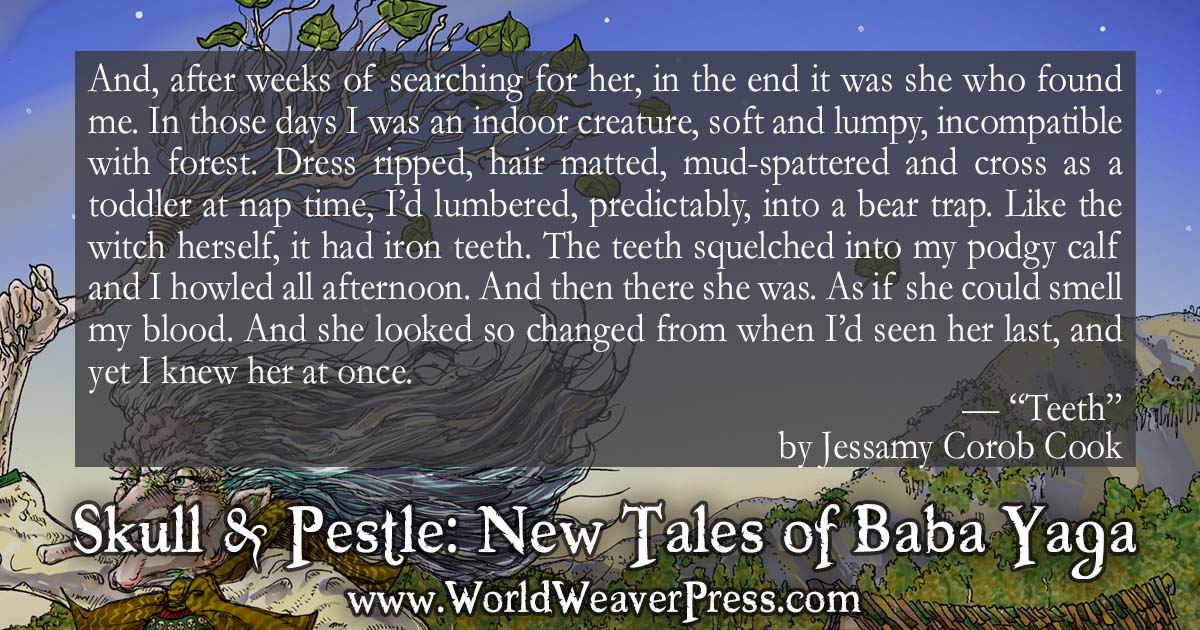
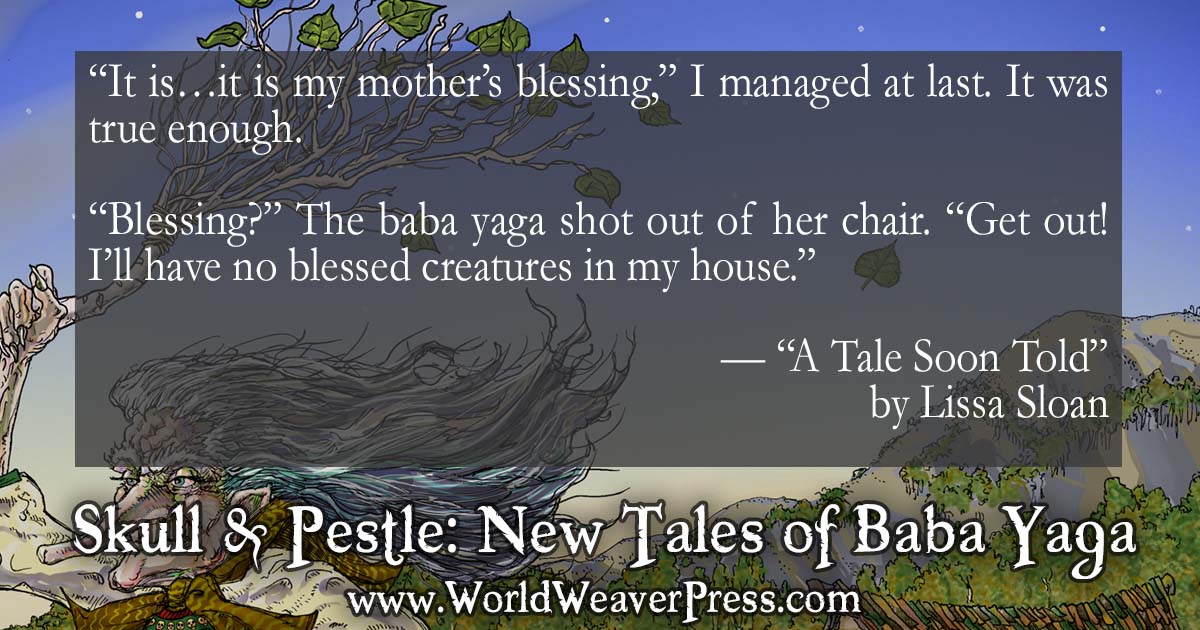
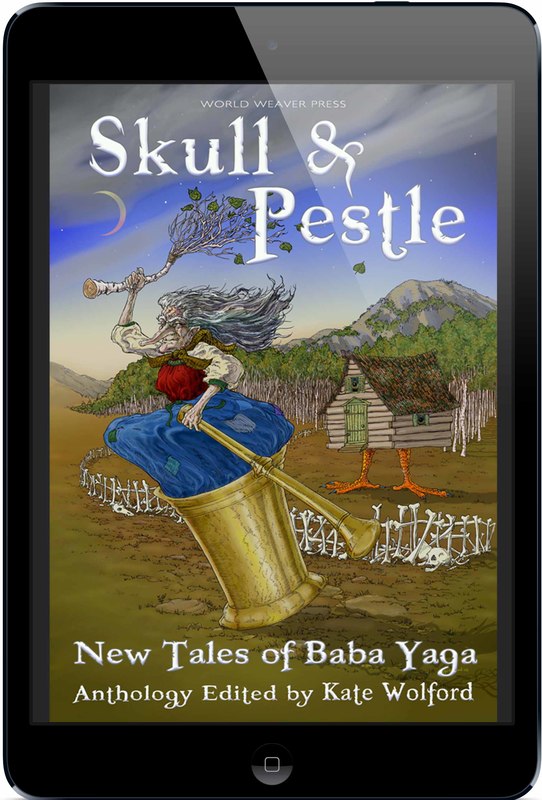
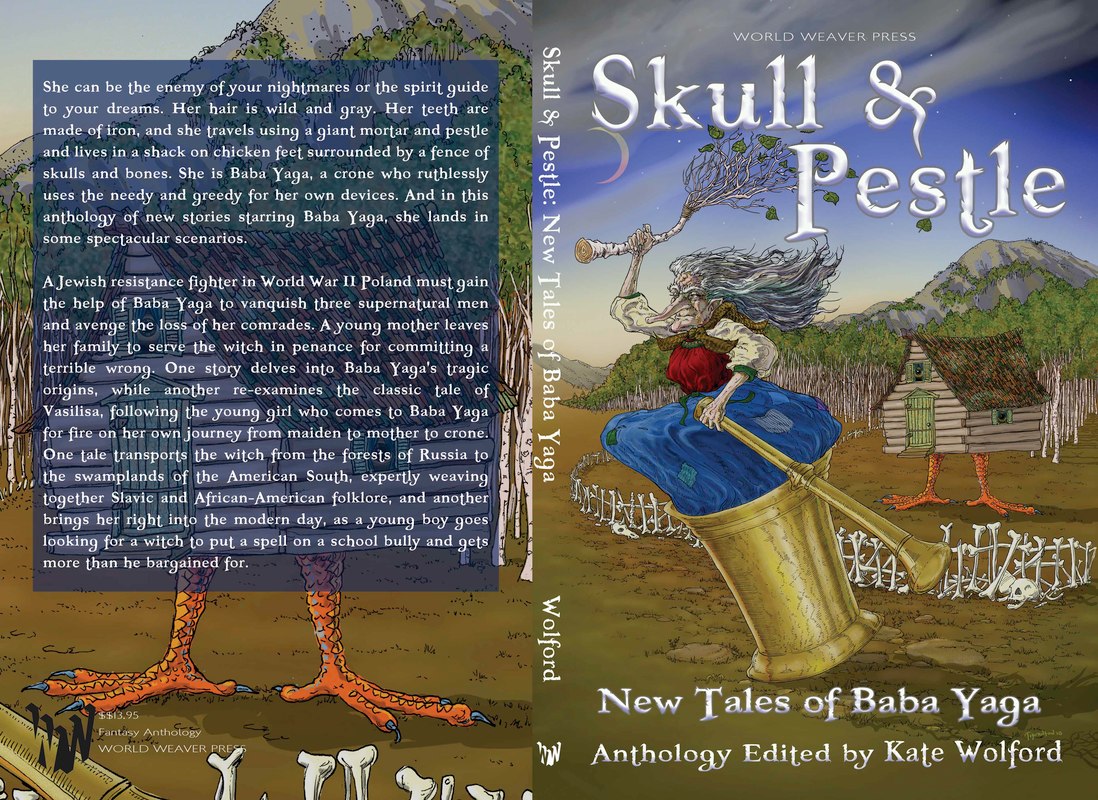
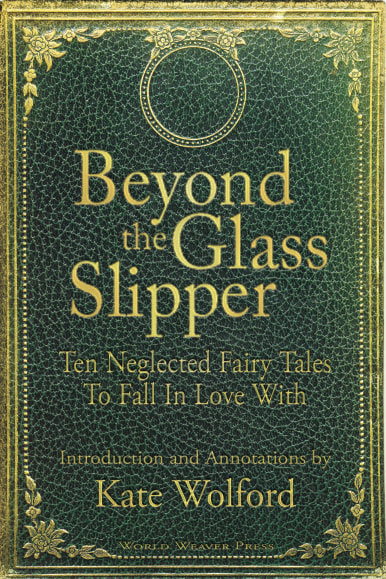

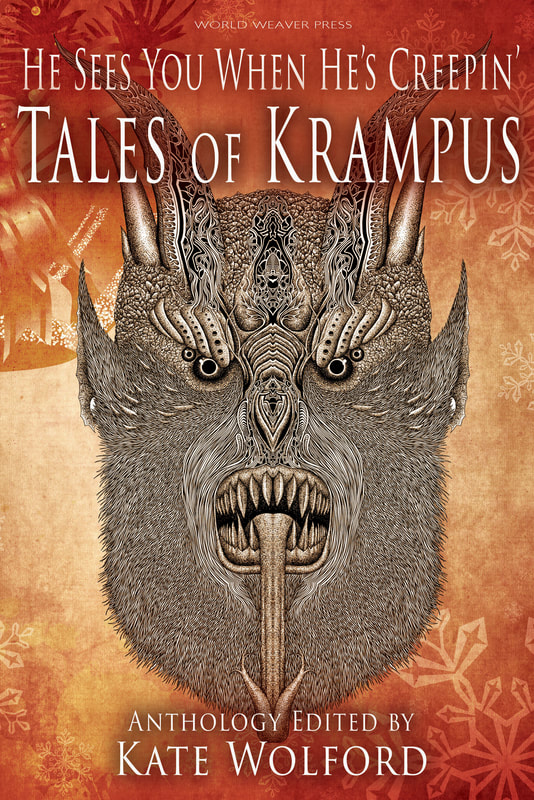
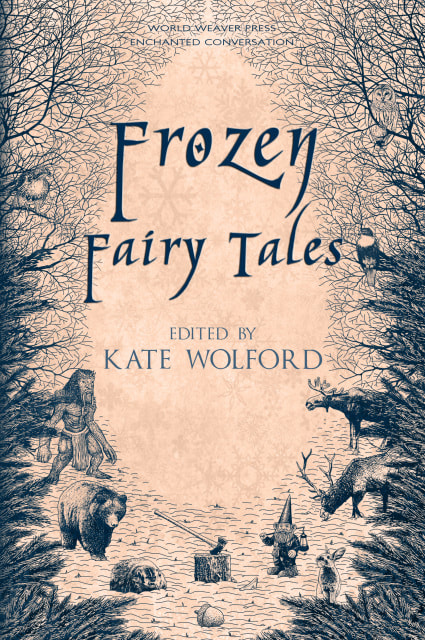

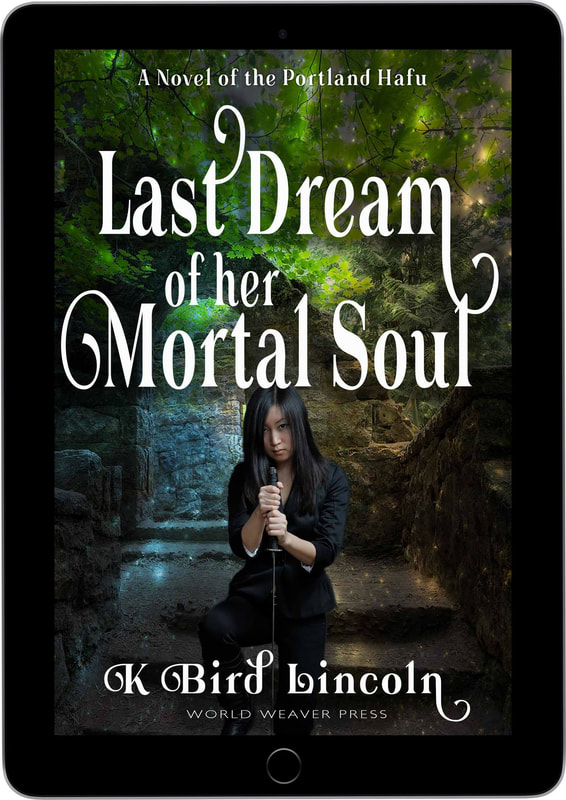
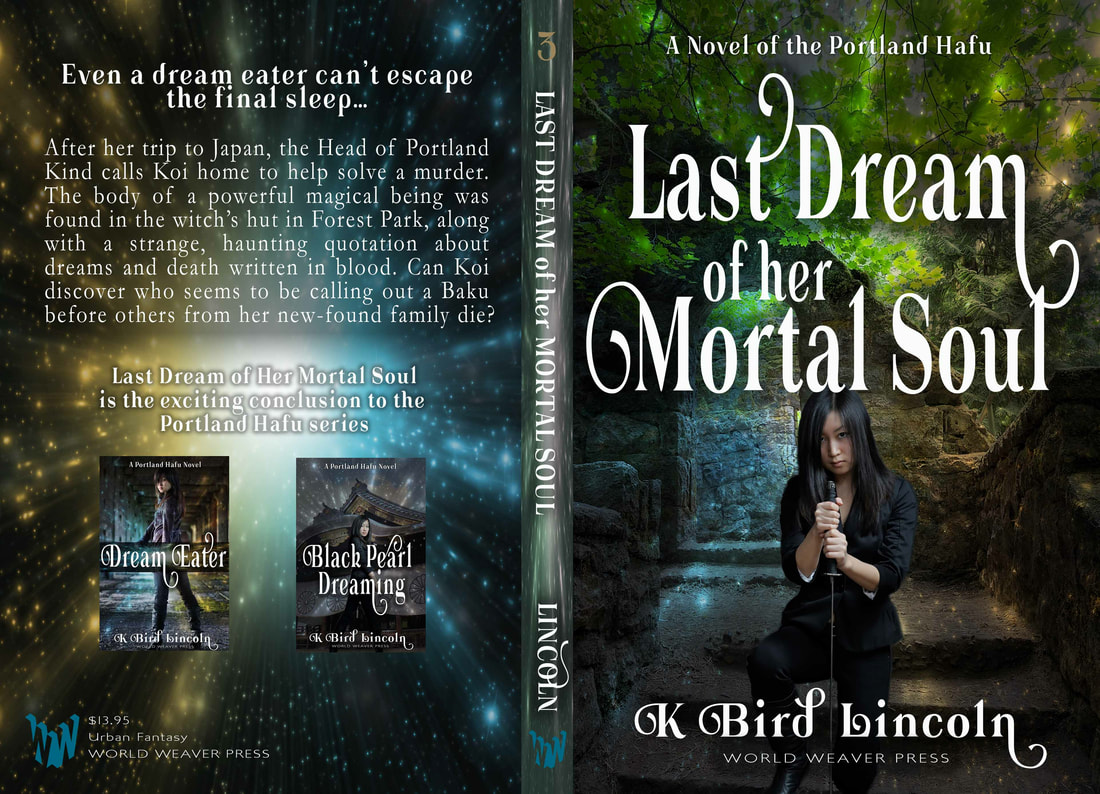

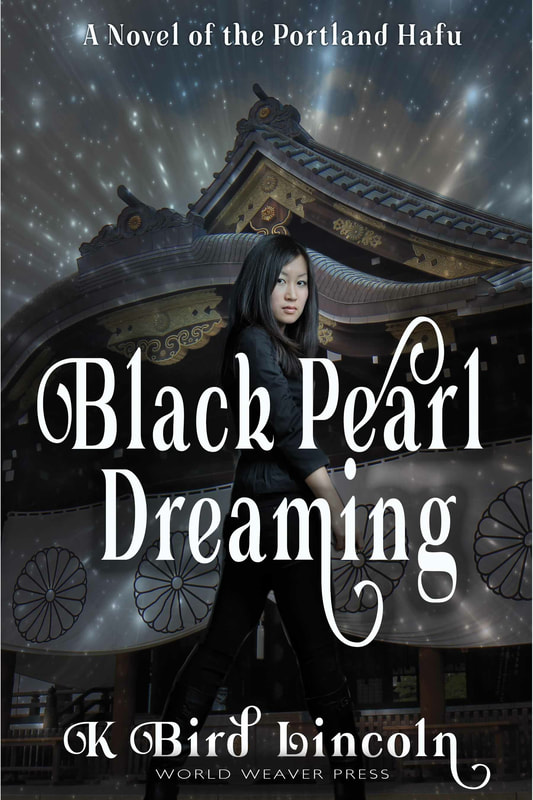


 RSS Feed
RSS Feed